Two-minute review
The Garmin Enduro is a brand new range in the company's already colossal collection of running watches, and it’s one that’s firmly aimed at endurance athletes.
That’s because along with getting a lot of the great sports tracking and outdoor features you’ll find on its top-end Forerunner and Fenix ranges, Garmin is promising seriously big battery life too. It can go up to 65 days in smartwatch mode (when you factor in solar power) and offer anywhere from 70-80 hours of GPS battery life.
On the sports tracking front, it introduces some features that have since rolled out to other Garmin watches, including the ability to view VO2 Max for trail runs, an ultra running mode that offers a rest timer for when hitting aid stations during races and an improved version of its ClimbPro mode.
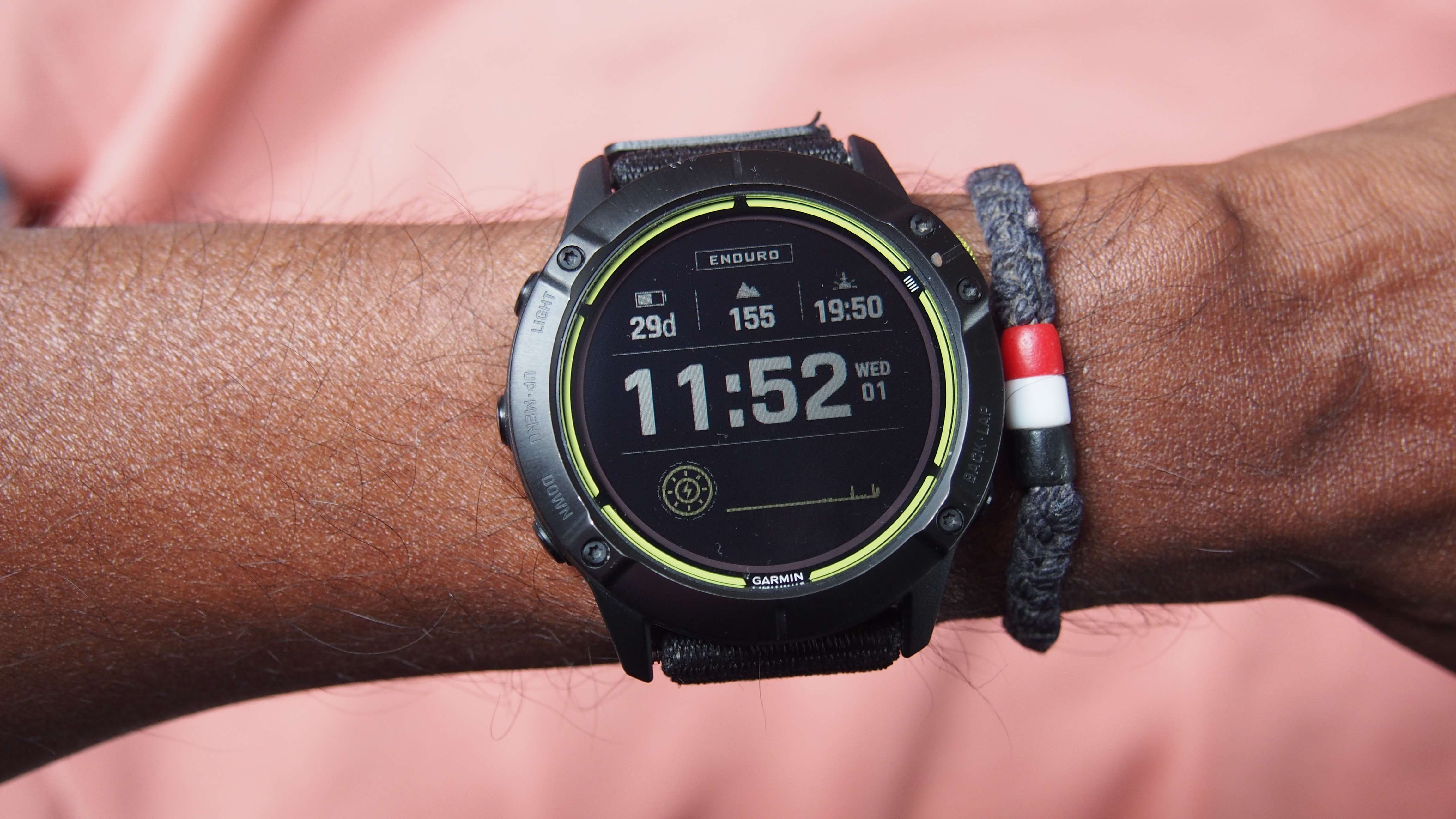
All of the key features you’d expect to find on a top end Garmin are there like full satellite support, a heart rate monitor, a pulse ox monitor, 24/7 fitness tracking and smartwatch features like notifications and payments.
To keep that battery life big, Garmin hasn’t included a music player or the kind of rich mapping support you’ll find on its Forerunner 945, Fenix 6 Pro and Marq watches.
You’ll get that typically solid overall sports tracking performance from it and while it’s a real shame that full mapping doesn’t make the cut, if seriously impressive battery life along with Garmin’s core features are appealing, that’s what you can expect to get from the Enduro.
Garmin Enduro price and release date
The Garmin Enduro launched in February 2021, and is available to buy from retailers and Garmin directly with prices starting at $799.99 / £699.99 / AU$1,249.
Design and display
- Comes with stainless steel or titanium bezels
- Uses new nylon strap
- Includes PowerGlass solar charging lens
The Garmin Enduro isn’t a small watch, and has more in common with Garmin’s Fenix than its more diminutive Forerunner in terms of stature.
It features a 51mm polymer case that comes in either stainless steel or DLC coated titanium bezels with the latter offering a bezel that’s 10g lighter than the steel version. It’s certainly a big watch to wear, and the stainless steel version definitely feels noticeably heavier than the titanium one wearing them day-to-day and for long running and other outdoor exercise sessions.
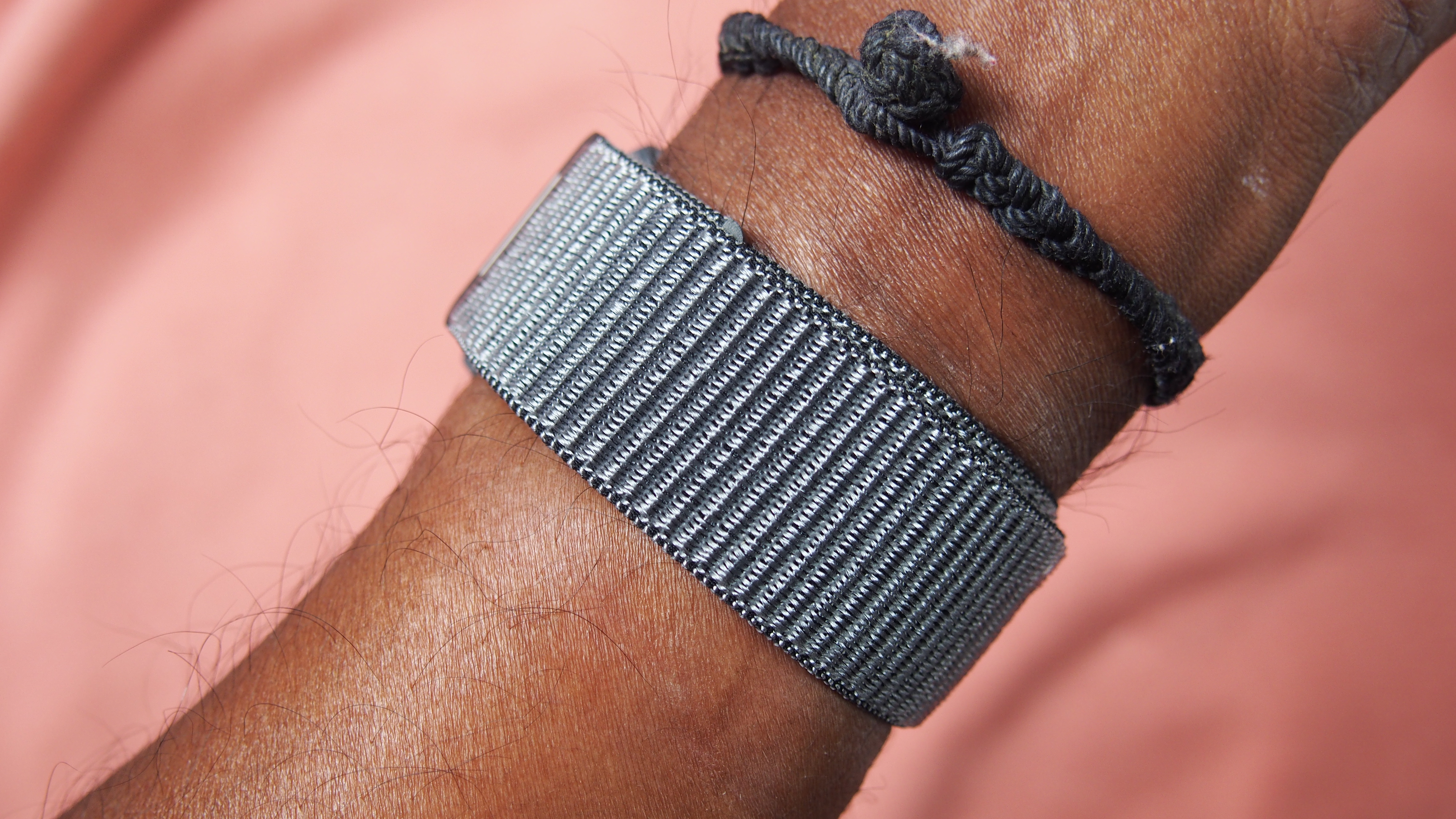
That case is combined with a black UltraFit nylon strap. This is a new look for Garmin, which usually bundles a silicone band with most of its watches, and helps to keep the overall weight of the watch down. The nylon strap uses a velcro clasp to keep it secured on your wrist and despite getting a bit loose after swimming with it, that strap has stayed largely in place during our testing time.
Packed into that case is a 1.4-inch 280 x 280 resolution transflective display, matching the size and resolution you’ll find on the display included on the Fenix 6X. Like the majority of Garmin watches that use this display tech, it offers strong visibility in bright light and demand less power too. In the water and outdoors, we found visibility was as good as other Garmins that use this kind of transflective display tech.
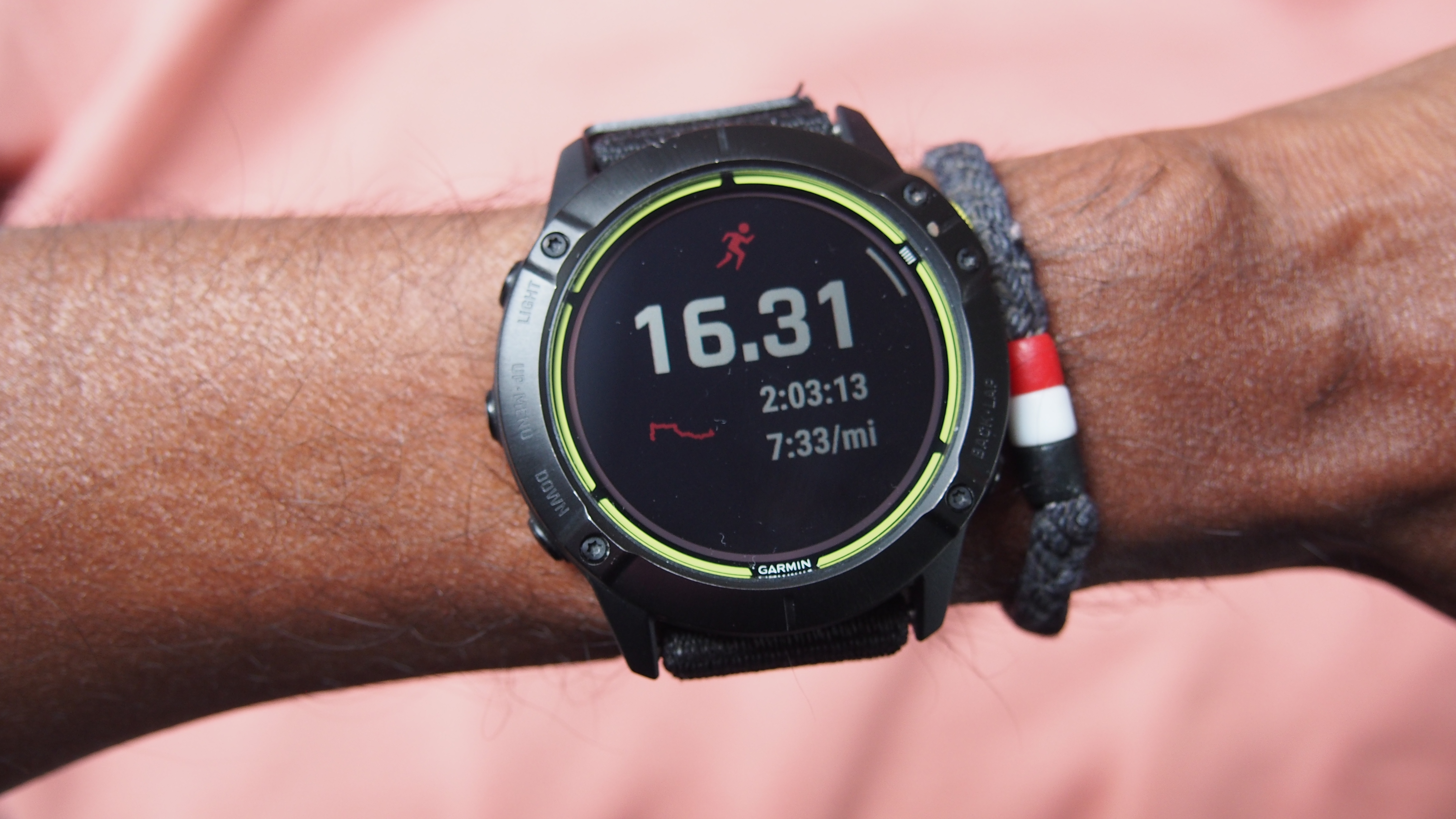
That screen features Garmin’s PowerGlass solar charging lens as well, which can keep the battery holding up for longer, if you spend a sufficient amount of time outdoors in the sun. There’’s a solar intensity widget that can be displayed on the watch face to keep close tabs on when you’ve been soaking up those sun rays.
If you want to go swimming with the Enduro, it carries a 10ATM water resistance rating making it safe for swimming and being submerged in water up to 100 metres depth.
Fitness features
- ClimbPro now covers ascents and descents
- Ultra run mode no longer unique to Enduro
- Tracks trail VO2 Max
The Enduro gives you pretty much everything you could want to track runs, cycles, swims. It also covers golf and outdoor activities like hiking and mountain biking. There’s also the best of Garmin’s 24/7 fitness tracking including sleep monitoring and advanced performance metrics if you want to delve deeper into your data.
All the sensors you could need are here to deliver metrics for those activities including GPS, Glonass and Galileo satellite support for accurate outdoor tracking and Garmin’s Elevate heart rate monitor with the option to pair up an external heart rate monitor too.
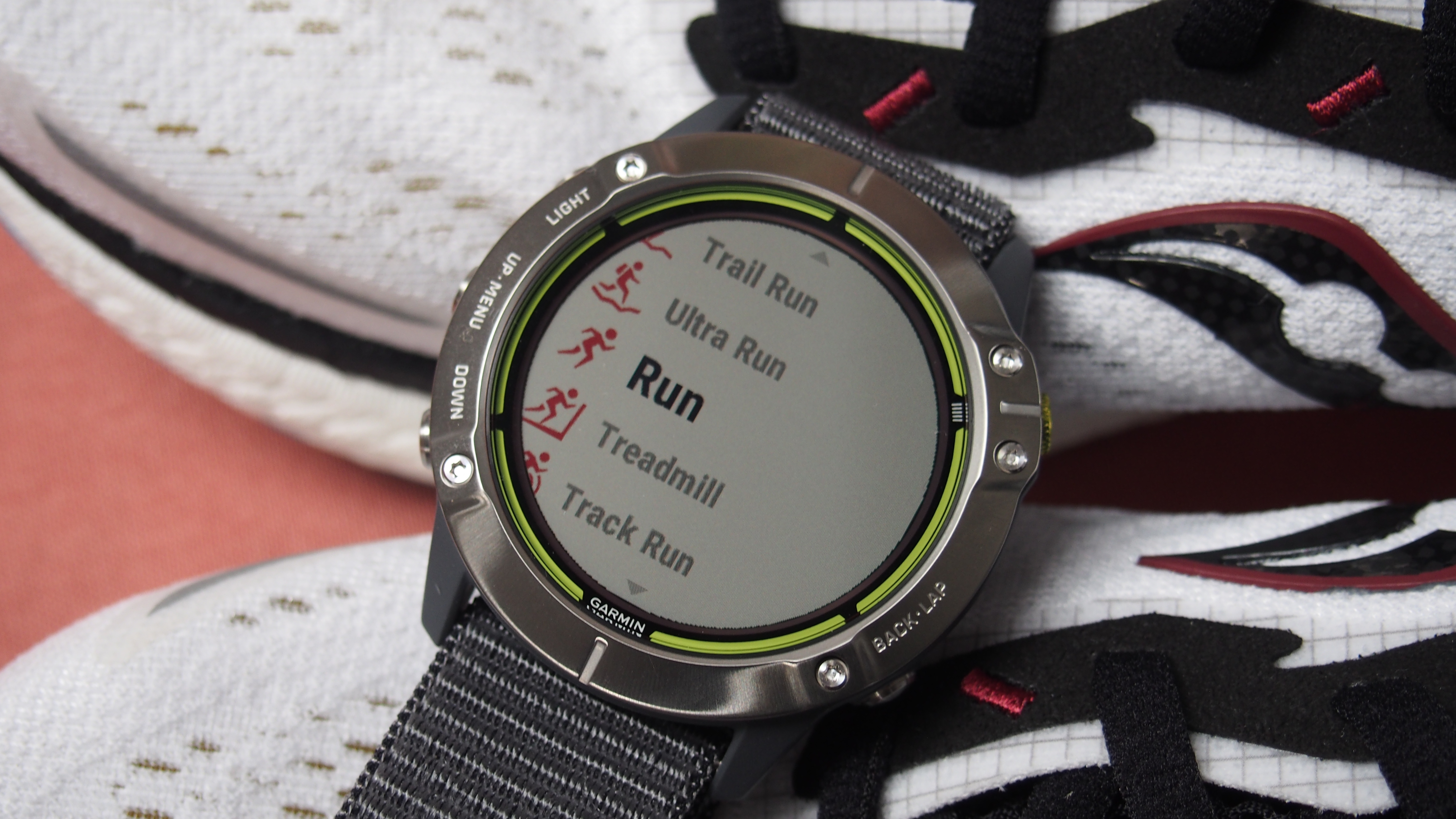
There’s a barometric altimeter to cover elevation data and a Pulse Ox blood oxygen saturation monitor, which is used for sleep monitoring but can also be useful for assessing acclimation to altitude. It does have a considerable drain on the battery when it is in use though.
For runs, it’s your typical Garmin watch. It takes a couple of runs to improve the speed you can get a lock onto a GPS signal and it was by and large nice and accurate once it did. You’ve got a nice big screen and plenty of data fields that are easy to absorb on the move. You can add additional advanced running metrics when you pair it up to Garmin’s Running Dynamics Pod or one of its chest strap monitors. You’re also getting access to features like a race predictor and Garmin’s PacePro strategies to help better judge your pace for races.
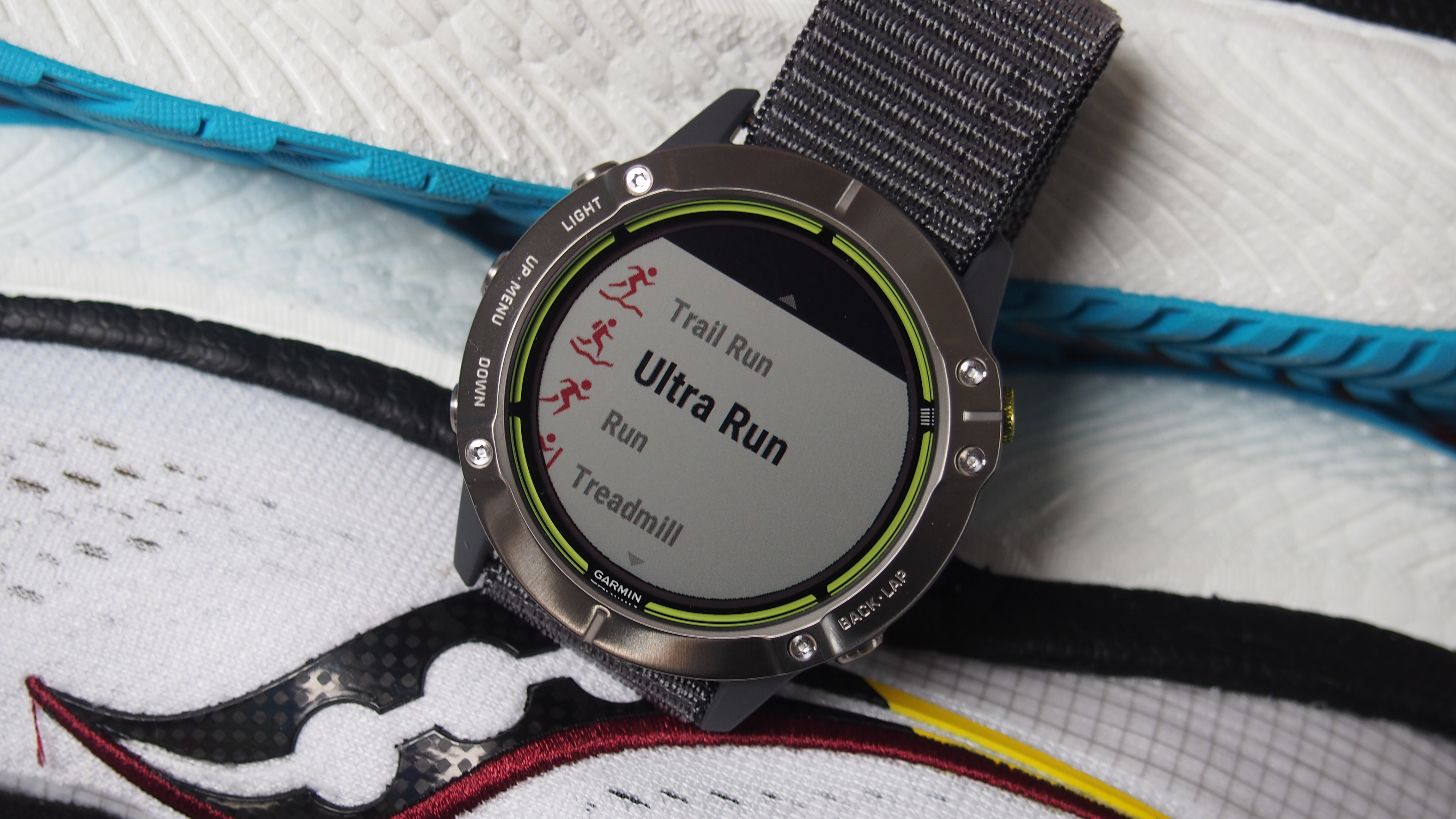
Garmin has added a new ultra run mode, which has since rolled out to other Garmin watches and is essentially better suited to endurance runners and races in a really simple way. You can now use rest timers when you hit aid stations to make sure you get a more accurate finishing time.
The new Trail VO2 Max data seeks to take better consideration of off-road running to determine your fitness levels while the advanced ClimbPro will now let you track ascents and descents on hilly routes. We can’t say these offer huge gains for runners, but it’s good to see Garmin evolve some of its existing features.
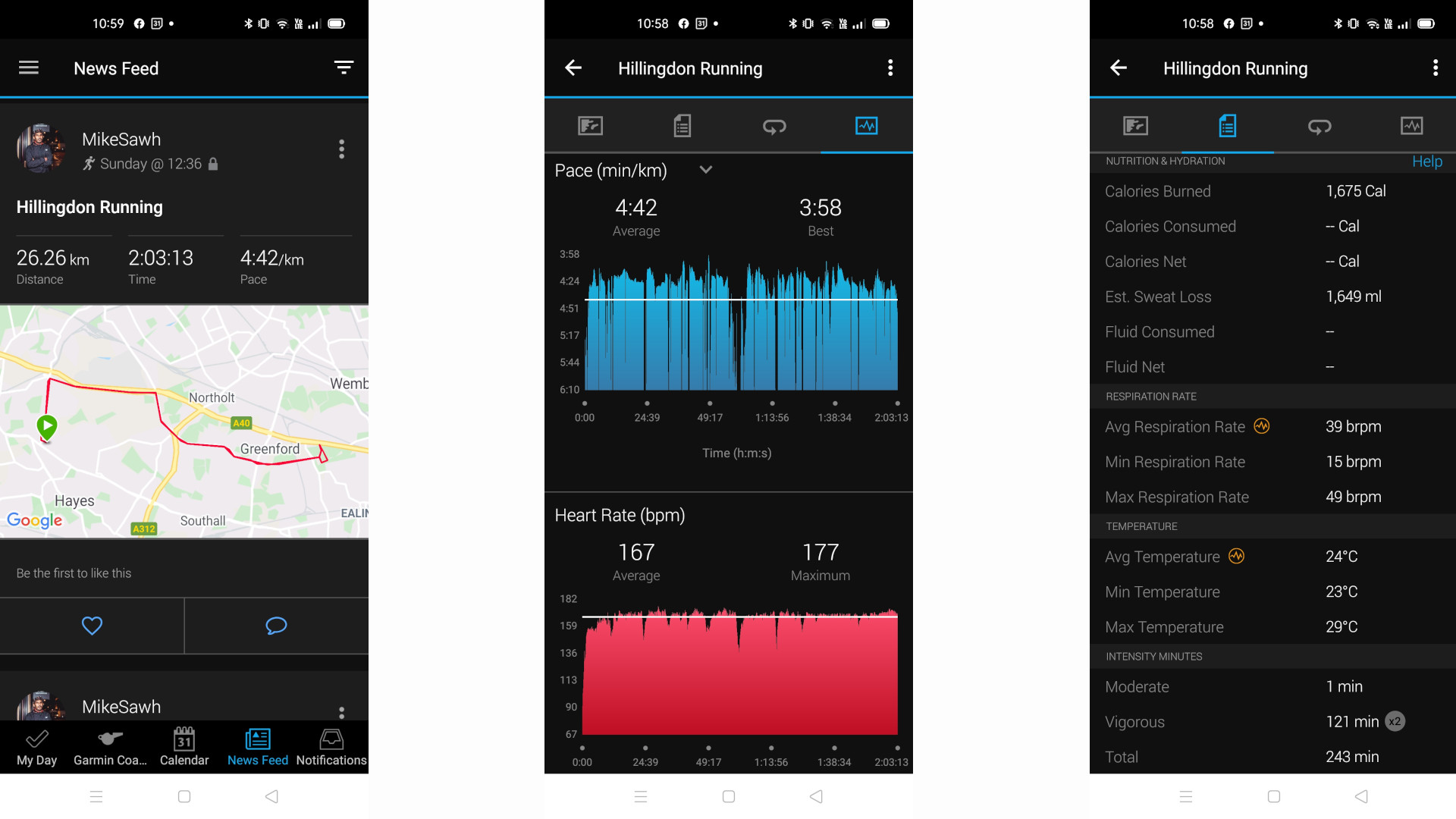
Something runners don’t get here is full TOPO maps like you get on the Pro versions of the Fenix. Instead you get the more simple breadcrumb navigation you’ll find on cheaper Forerunner watches. You can of course still upload routes, you just want to get those rich, detailed maps to see on the screen.
For swims and indoor workouts, we found the Enduro solid overall. Garmin watches generally perform well for pool swims and you should definitely grab a heart rate monitor chest strap for tough, high intensity indoor workouts here too. The Enduro’s onboard heart rate monitor is by no means a bad performer, but like a lot of wrist based sensors, it can show signs of a struggle for those high intensity workouts.
Garmin also brings in features that debuted on newer Forerunner watches. The Enduro gives you a recovery advisor and recommended workouts largely aimed at runners. Like a lot of the analysis features on the Enduro it’s only as good as the data you put into it.
The recovery advisor works well if elements it relies on like heart rate and sleep monitoring is accurate. That tracking works well enough but it’s not perfect. It’s a similar story with recommended workouts. These features feel like offering useful guidance on how you should train and when to train, but more serious athletes might find that guidance a little hit and miss.
Smartwatch features
- View phone notifications
- Make payments with Garmin Pay
- Music player not included
If you want to use the Enduro as a smartwatch, then you get almost everything Garmin has to offer on that front.
It works with both Android and iOS, and we’ve had no problems pairing and syncing the watch with the Garmin Connect app on either operating system. You also have the very aged desktop app, but we imagine most will be looking to the phone version to set things up, check those stats and tinker with settings.
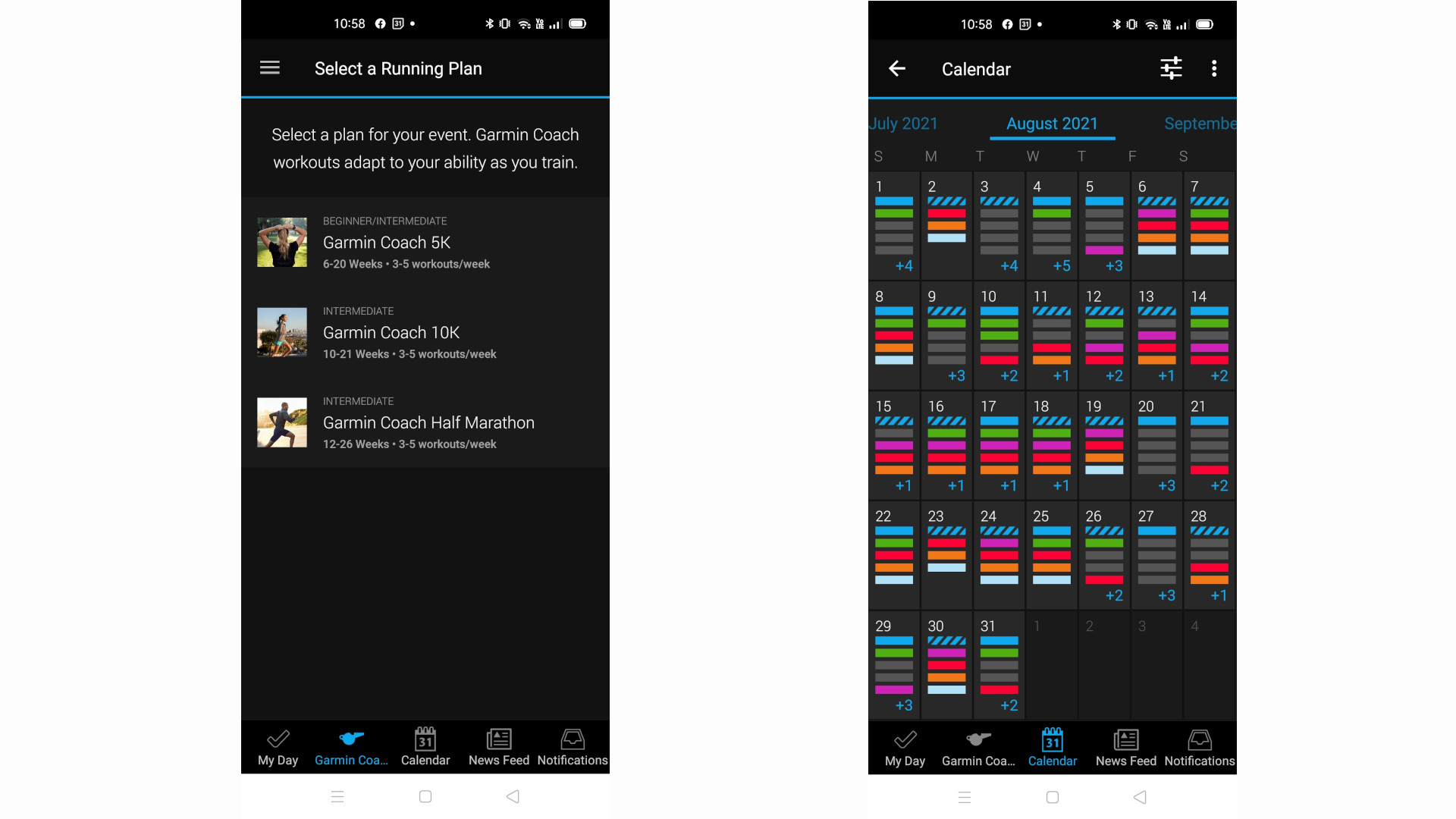
In terms of those smartwatch features, you have the ability to view notifications and you can respond to some if you’re paired to an Android phone. Notification support isn’t the slickest, but we found it was good enough.
You can use it to make payments with Garmin Pay, view weather and calendar appointments and use it to control music playing on your smartphone. Garmin uses the same widget-style interface it uses on watches like the Fenix, which makes it a nice way to scroll through and quickly glance at the data you really care about.
What you don’t get here that you can get on other Garmins is a built-in music player. Again, this is an omission tied to battery life and delivering those big battery numbers. For anyone that’s used a music player on a Garmin, they’ll know full well that it is a bit of a battery hog.
Lastly, if you care about apps, then you do have access to the Connect IQ store front. That’s where you’ll also find additional data fields, widgets and watch faces. Just be aware that some watch faces lurking in the Connect IQ store can be a bit of a drain on battery too.
Battery life
The battery performance on the Enduro is really the headline story here. Whether you’re planning to use it for your typical training or you want something that can last a really long run or ride, the Enduro should, on paper, have you pretty much covered.
Garmin quotes different battery numbers for typical uses based on making use of solar or without solar. So, in smartwatch mode, you can get 50 days or 65 days with solar. In full GPS battery mode, you’re getting 70 hours without solar and 80 with it.
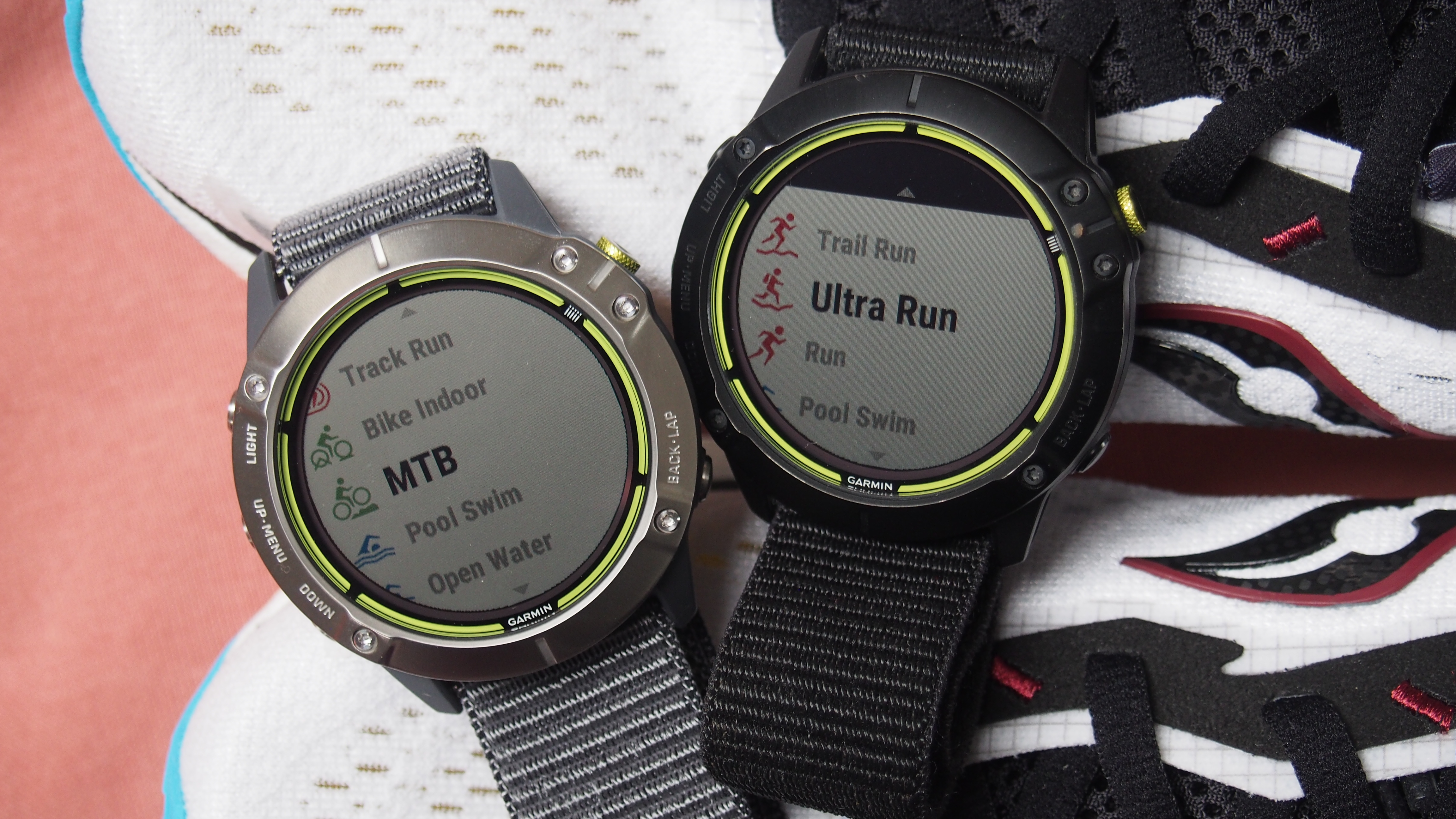
There's also a maximum battery mode that can go for 200/300 hours and there’s an expedition mode that can go for 65/75 days, and if you really keep things basic, you can eke out anywhere from 130 days to a year from it.
Garmin also includes its useful power manager mode to take battery optimisation further and make sure you’ve got the features enabled you actually use regularly to improve battery performance.
Bottom line: the Enduro’s battery performance impresses. Whether it’s in smartwatch mode or in full GPS mode, this watch really can go the distance. A few hours of running with full GPS saw the battery drop by less than 5% on a regular basis. When you’re just using it in smartwatch mode, this watch can really last for weeks and get up to a month even with regular sports tracking.
There are features that will drain that battery quicker, with monitoring blood oxygen levels providing the most notable drain. Ultimately though, the Enduro is a powerhouse in the battery department and it delivers what Garmin promises with it.
Buy it if
You want a Garmin with big battery life
Whether you're using it in training mode or just day-to-day, the Enduro is a bit of a battery powerhouse.
You want a big, light watch
Grab the Enduro with the titanium bezel and it’s a much lighter, more comfortable watch to live with.
Don't buy it if
You want the best Garmin maps support
The Enduro doesn’t include the same topographical mapping features included on its Fenix and Forerunner 945 watches
You want to stream music on the move
Unlike cheaper Garmin watches, the Enduro misses out on a built-in music player, which means carrying your phone to get a music fix.
- We've tested and ranked the best running shoes available today
from TechRadar - All the latest technology news https://ift.tt/3yIgP6W

No comments:
Post a Comment